- Equipment
- Inks & Supplies
- Services
- Applications
- Tagless
- Resources
- About Us
- Contact Us
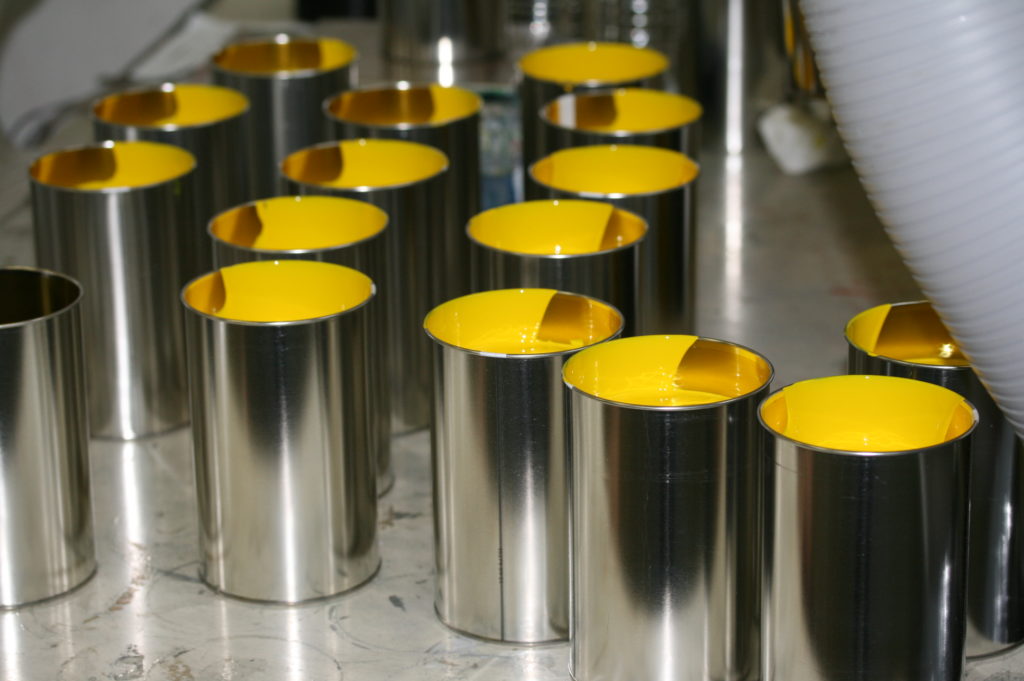
Plastic pad printing ink can be for solvent-sensitive or non-solvent sensitive plastics. If the product is solvent-sensitive, it will not need pre-treatment because the solvent in the ink will slightly alter the molecular composition of the product, allowing for better adhesion. On the other hand, non-solvent sensitive plastics will not see a change when solvent is used and therefore, will need pre-treatment.
1- Component vs. 2- Component Inks
A 1-component ink means that the ink only needs solvent to print. A 2-component ink means the ink will need a solvent and hardener to print.
Pre-Treatment
Some plastic pad printing inks may require the product to be pre-treated prior to printing. As mentioned above, typically, non-solvent sensitive products will need pre-treatment. Examples of these plastics include PP, Nylon, HDPE and other very hard plastics. Types of pre-treatment can include a chemical wipe, flame or corona. Each has its own benefits and pre-treatment method is determined based on adhesion requirements.
Post-Treatment
A post-treatment is a drying process that happens after printing. This is to solidify the bond between the ink and the substrate. Not all will require a drying process. Discuss this with your pad printing expert when looking for your optimal solution.
Inkcups has a large line-up of plastic pad printing inks. Seven out of the nine inks at Inkcups are pad printing inks for plastic.
The BA Series is a 1- or 2-component ink. It is fast drying, high gloss and has a high abrasion resistance. This ink is best used for plastics such as polycarbonate (PC), pre-treated polyethylene (PE), pre-treated polypropylene (PP), polyurethane (PU) and more.
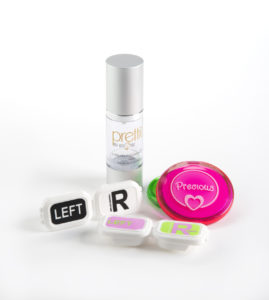
The BT Series is also a 1- or 2-component ink for pad printing on plastics. This medium drying pad printing ink shows high gloss and high opacity. This ink is best used for plastics such as PVC, polyurethane (PU), polycarbonate (PC) and more.
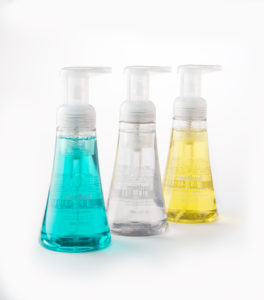
While our go-to for glass and ceramic, the CG Series can also adhere to plastics. The CG Series is a 2-component ink that is fast drying and has a satin gloss finish. It can adhere to plastics such as polycarbonate (PC), pre-treated polyethylene (PE), pre-treated polypropylene (PP) and more.
The J3 Series is a 1- or 2-component medical grade pad printing ink that is fast drying and has a high gloss finish. This ink is mainly for ABS, acrylic and soft PVC.
Another medical grade ink, the MB Series is a 2-component, medium drying but offers a high gloss finish. The MB Series is best for polyacetal (POM), pre-treated polyethylene (PE), pre-treated polypropylene (PP) and more.
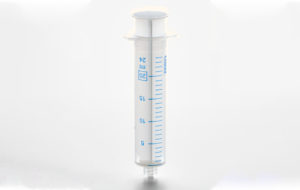
The PN Series is a specialty 2-component ink. This fast drying, high gloss ink is the only ink that is able to print on untreated polypropylene (PP). The product does not have to be pre-treated prior to printing.
While the SB Series is known as the apparel ink, it can also be used for printing on a few plastics. It is a 1- or 2-component ink and is fast drying with a high gloss. Some examples of plastics it can adhere to include polyurethane (PU) and soft PVC.
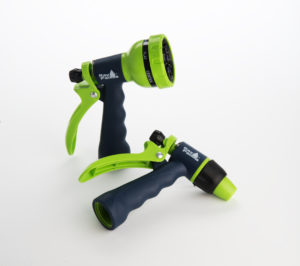
While our inks adhere to numerous substrates, it is always important to send your product for adhesion testing. Many times, products can be said to be made of one plastic but can have other plastics mixed in during the process. This is also all very technical and not everyone may know the exact plastic.
Pad printing inks for plastic products are one of Inkcups specialties. We hope that you found this blog post informative, and do not hesitate to reach out with any questions you may have regarding pad printing inks for plastics.
Looking to pad print on plastics? Consider the B100, 2200PS, or one of our other leading pad printers.
Somindera
Awesome Inks from Inkcups.
September 19, 2020